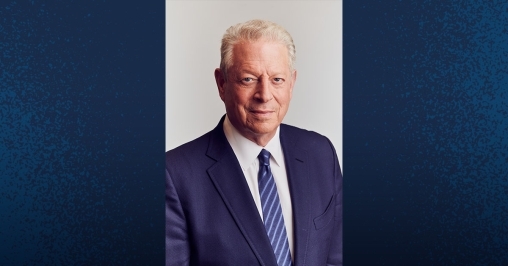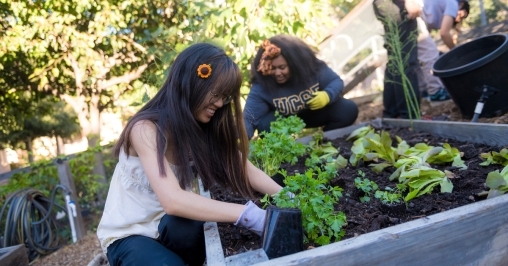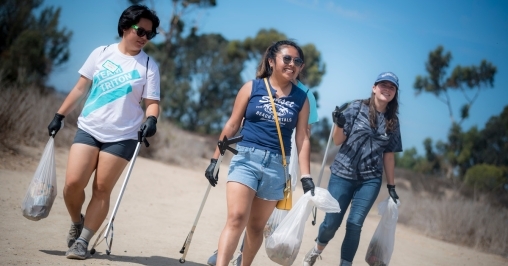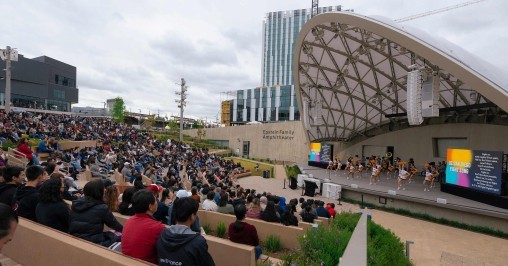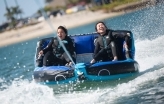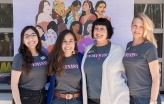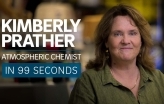Computer Scientists Unveil Novel Attacks on Cybersecurity
Technology & EngineeringA research team led by computer scientists at UC San Diego found two novel types of attacks that target the conditional branch predictor found in high-end Intel processors, which could be exploited to compromise billions of processors currently in use.

